Yi Hou and Christoph Brabec take a moment to outline the hysteresis problem faced by researchers working on perovskite materials.
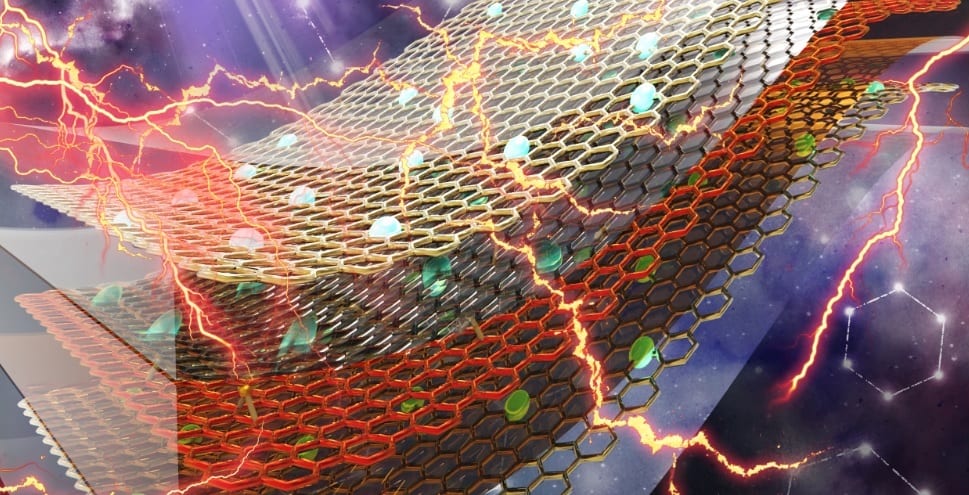


Yi Hou and Christoph Brabec take a moment to outline the hysteresis problem faced by researchers working on perovskite materials.
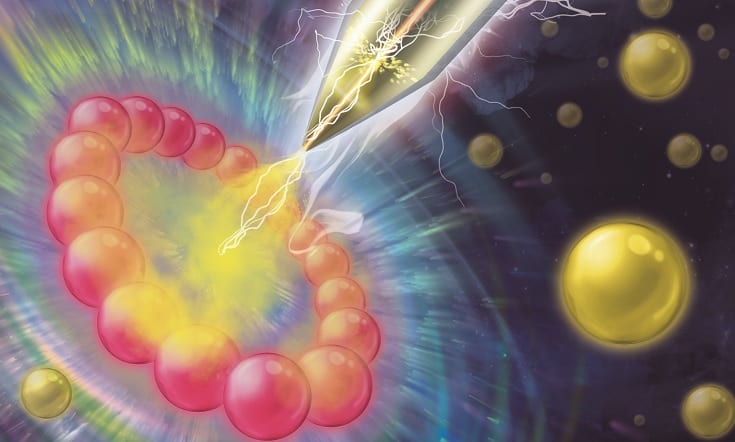
Gold nanoparticle assembly gets a little help from its friends: functionalised gold forms microscale structures via a guided silver aggregation strategy.

The action of a self-oscillating polymer gel controls the direction of fluid flow within a confined space using a system of polymer brush pentagons.
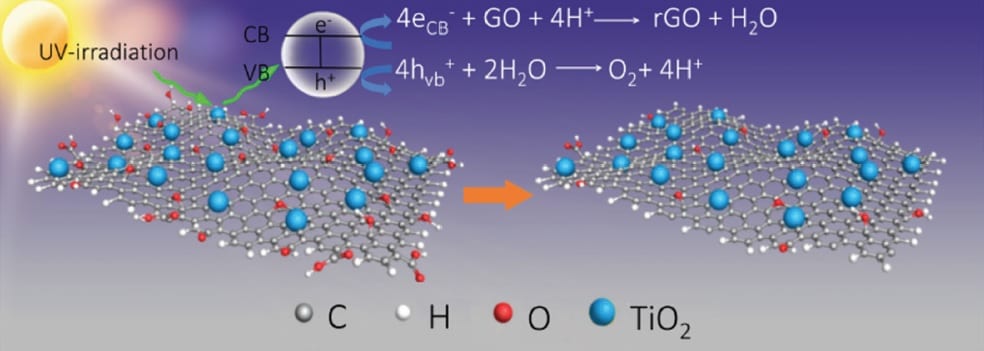
An easy, step-by-step filtration forms energy-storing membranes with good mechanical stability, taking the sandwiched form of rGO-TiO2/rGO/rGO-TiO2.
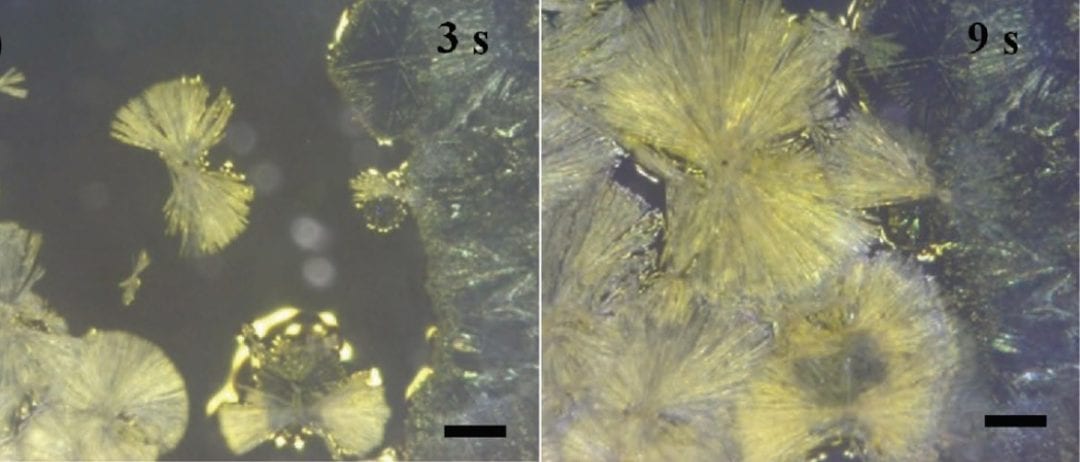
Perovskite-based photovoltaics are currently achieving PCEs of just over 22%. Here are some interesting highlights of recent perovskite research.
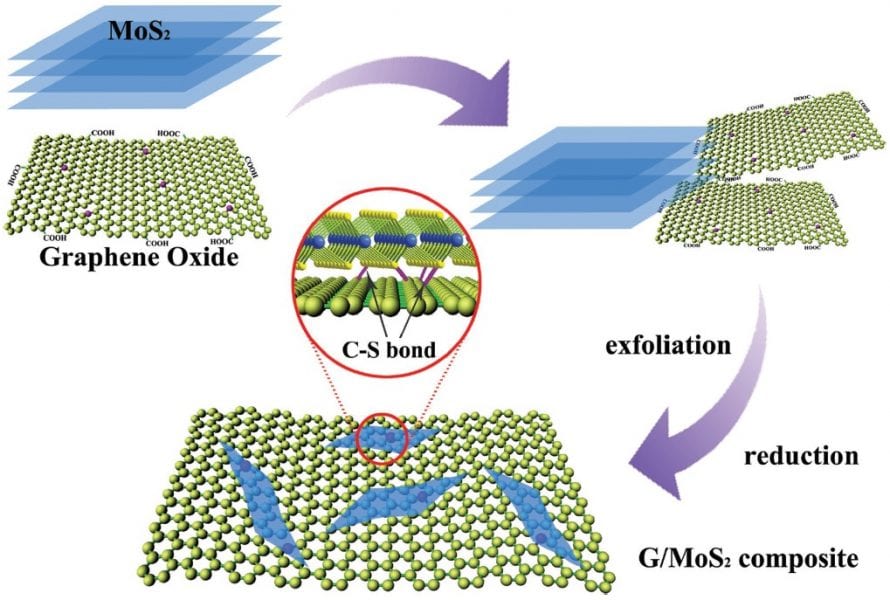
The electrochemical performance of graphene/MoS2 heterostructures is optimised and the kinetics of their lithium storage mechanism are elucidated.
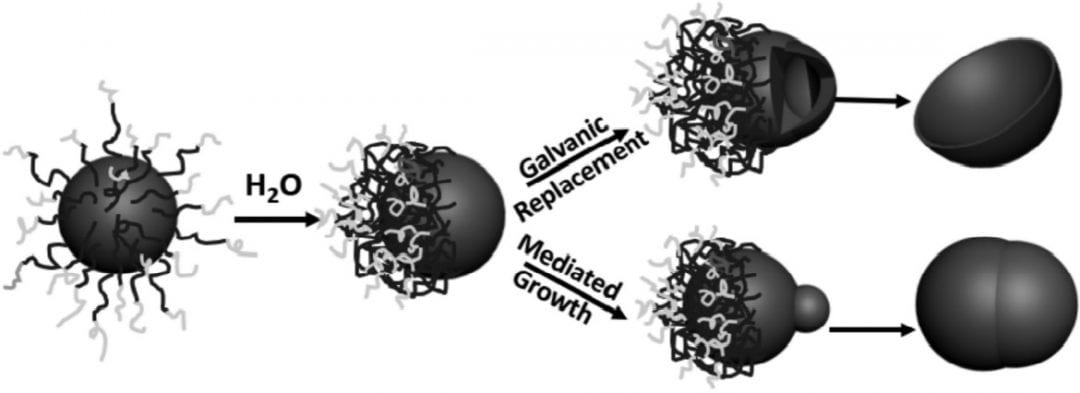
Creating asymmetric nanoparticles is harder than standard colloidal particle synthesis. Here, hydrophobicity unlocks a variety of metal nanoparticle types.
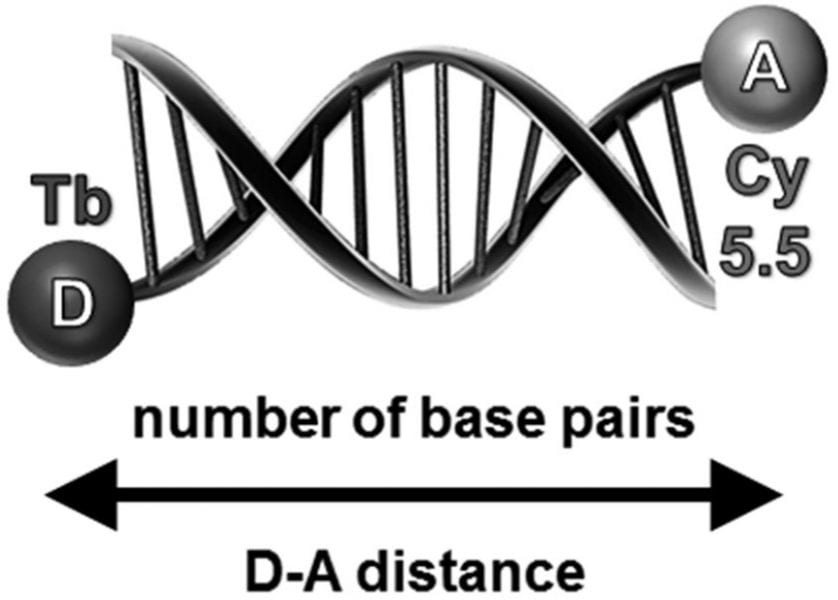
Time-gated FRET-based biosensors allow the quantification of multiple nucleic acids at low nanomolar concentrations using just a single donor–acceptor pair.
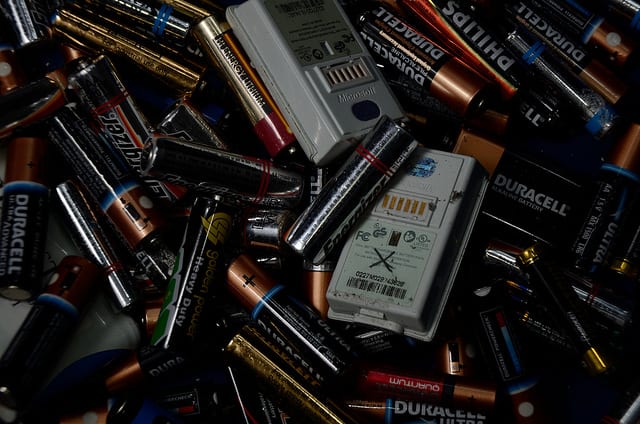
Safer technologies with higher energy densities and longer working lives are at the top of the list for lithium battery research.

2D may no longer be good enough for our cinema screens, but for nickel–cobalt phosphate it means an impressive specific capacitance.